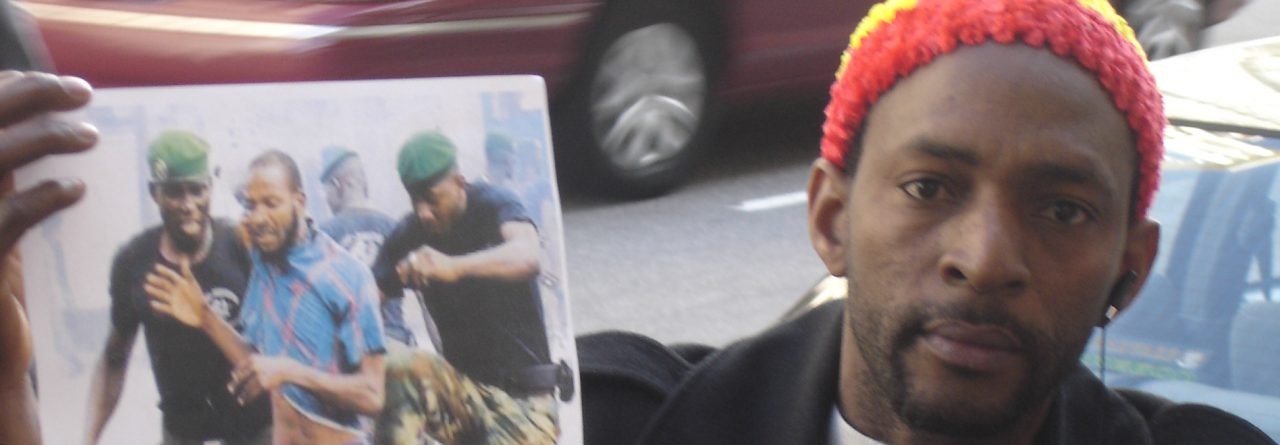- SEPTEMBER 9, 2010
Iron-Ore Deals Grow—Along With Risk
By DEVON MAYLIE
LONDON—West Africa, long known for its rich iron-ore resources, is getting an investment injection, but recent experiences by miners stepping into politically tricky terrain suggest the path to production won’t be easy.
Of the top 10 largest mining mergers and acquisitions in Africa since 2005, three were for iron ore in West Africa including the biggest deal, valued at $2.5 billion, by the world’s largest producer, Vale SA, in Guinea earlier this year, according to data from Dealogic.
The top three largest iron-ore miners—Vale, Rio Tinto Ltd. and BHP Billiton Ltd.—which account for roughly 70% of global iron-ore output, now all have interests in West Africa, while miner Xstrata PLC made a $383 million offer last month for Sphere Minerals Ltd, which has iron-ore exploration projects in Mauritania.
West Africa could be producing 100 million tons to 150 million tons of iron ore a year within a decade, says Rob Edwards, an equity analyst at Renaissance Capital.
Chinese companies also have been prominent investors, making agreements to buy a set amount of future production from iron-ore mines now in development. China is the world’s largest iron-ore consumer.
Proposed changes to the mineral-tax system in Australia, long a mainstay of world iron-ore output, are among factors spurring miners to diversify into other regions.
While West Africa is hailed as the next Western Australia, the mineral-rich Australian state where Rio and BHP mine much of their iron ore, several countries in the region are emerging from civil wars and political instability, leaving investors facing elevated political risk as well as often-rudimentary mining laws. “In the years ahead, the area will make an increasing contribution to iron-ore output,” said Calum Baker, an analyst at U.K.-based consultancy CRU Group. “Generally, though, there are risks around political uncertainty. We have seen examples where governments seized assets from companies on tenuous grounds.
“There is certainly room for some [but not all] West African material to penetrate the seaborne market,” analysts from Macquarie Bank said in a recent report. But mining in West Africa is not without risk, they say. “With many of these projects potentially representing over 10% of GDP in the country of production, the risk of changing government policy, with regards to social benefits, royalties, etc. will always be elevated, while inactivity may lead to unforeseen rezoning of rights.”
In 2008, Rio Tinto lost part of its Simandou project in Guinea after the government revoked the company’s license for the northern part of the deposit because it was undeveloped after nearly three years. Authorities eventually demanded that the company remove equipment and threatened that it would lose its right to the southern part of the concession if it didn’t comply.
A new government upheld the decision about the deposit, which still isn’t in production, and said the revocation was legal and part of a process that occurs every three years in which the rights to still undeveloped deposits are halved. That deposit was picked up by BSG Resources Ltd.; Vale subsequently acquired a 51% stake in BSG for $2.5 billion this spring.
Last month, Rio Tinto said it was investing an additional $170 million in mine, port and infrastructure work in the remaining parts of the Simandou deposit it holds. It also struck a development deal with state-owned miner Aluminum Corp. of China Ltd., or Chalco, to help with the project. “We have and we will continue to engage with the Guinean government on all aspects,” Rio Tinto CEO Tom Albanese said recently, adding the Guinea government expects production to begin soon.
Those high expectations have led to trouble for some miners. Many miners acquired rights to iron-ore sites but didn’t immediately develop them. Governments, however, want to make use of the revenues that would come with development of the deposits, all the more so given the record high price of ore. Signs that companies are just sitting on projects are therefore spurring ministers to intervene.
South Africa-based iron-ore miner Kumba Iron Ore Ltd. said last month that it settled a court proceeding it initiated against the Senegalese government in 2007 for what it says was a breech of a mining-license agreement. Kumba was exploring the Faleme iron-ore deposit in the country, but mining rights were given to steelmaker ArcelorMittal in 2007. The company previously said it was seeking compensation for its loss. It wouldn’t release the details of the settlement.
Faleme still remains undeveloped—ArcelorMittal halted work last year following a decline in prices and demand and is currently holding exploratory talks to develop the project with a partner. Indian state-owned iron ore producer NMDC Ltd. said it is considering working with ArcelorMittal on Faleme. “It’s not a question of mine development,” NMDC said. “It’s about infrastructure, otherwise the mine would probably already be developed by now.”
NMDC said infrastructure costs would account for roughly 75% of the total mine-development expenditure. Faleme will require building 750 kilometers of railway to link the mine to port facilities near Dakar.
Macquarie lists 22 potential iron-ore mine projects in the West Africa region but says not all will be developed. “In our view, many of these potential projects remain touch and go,” Macquarie analysts said.
The first iron-ore exports from the region aren’t scheduled until 2011 at the earliest. Sierra Leone may be the first to export ore, mined by African Minerals Ltd. and London Mining PLC, followed by Liberia, with production from an ArcelorMittal project, or Guinea, the Macquarie analysts say.
Write to Devon Maylie at devon.maylie@dowjones.com
